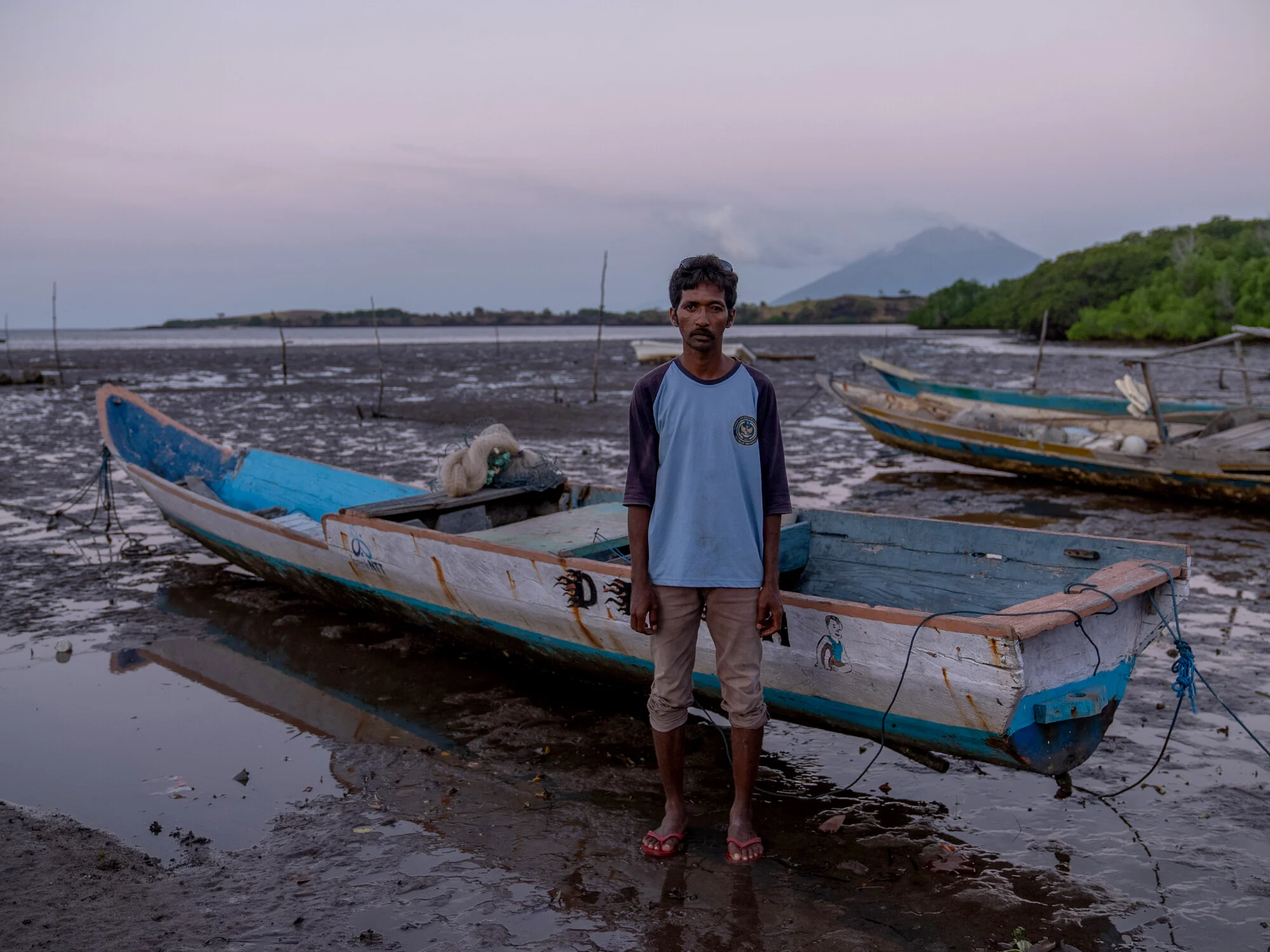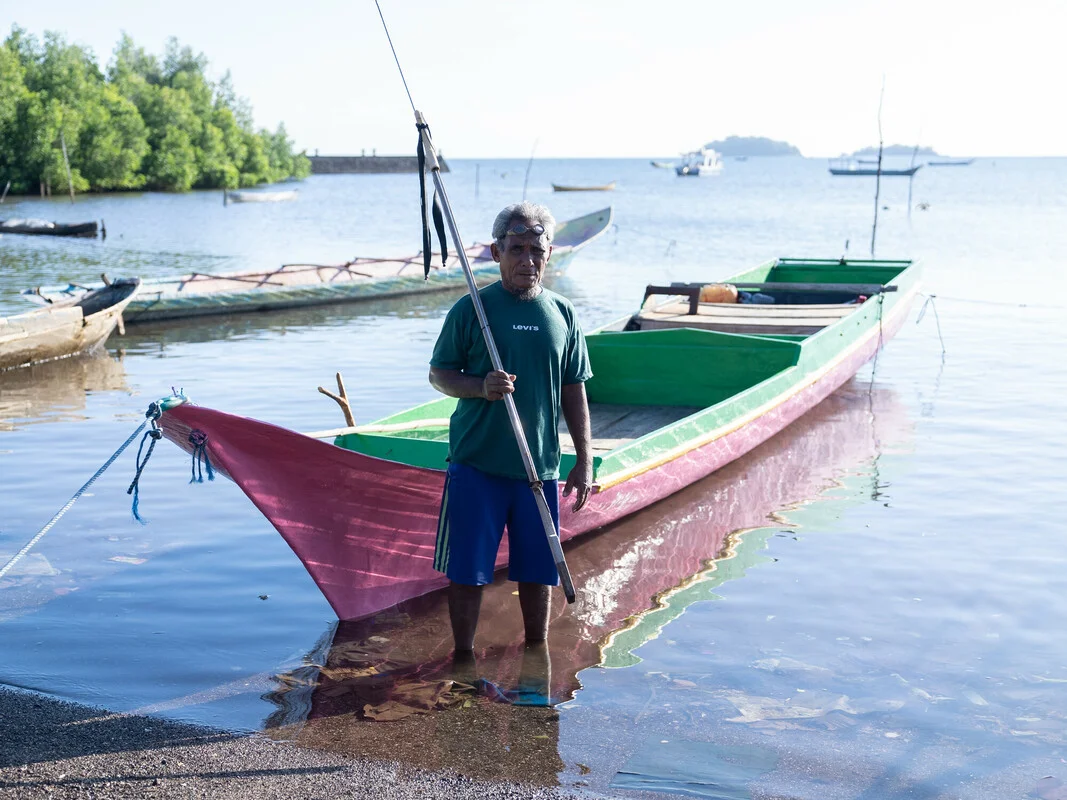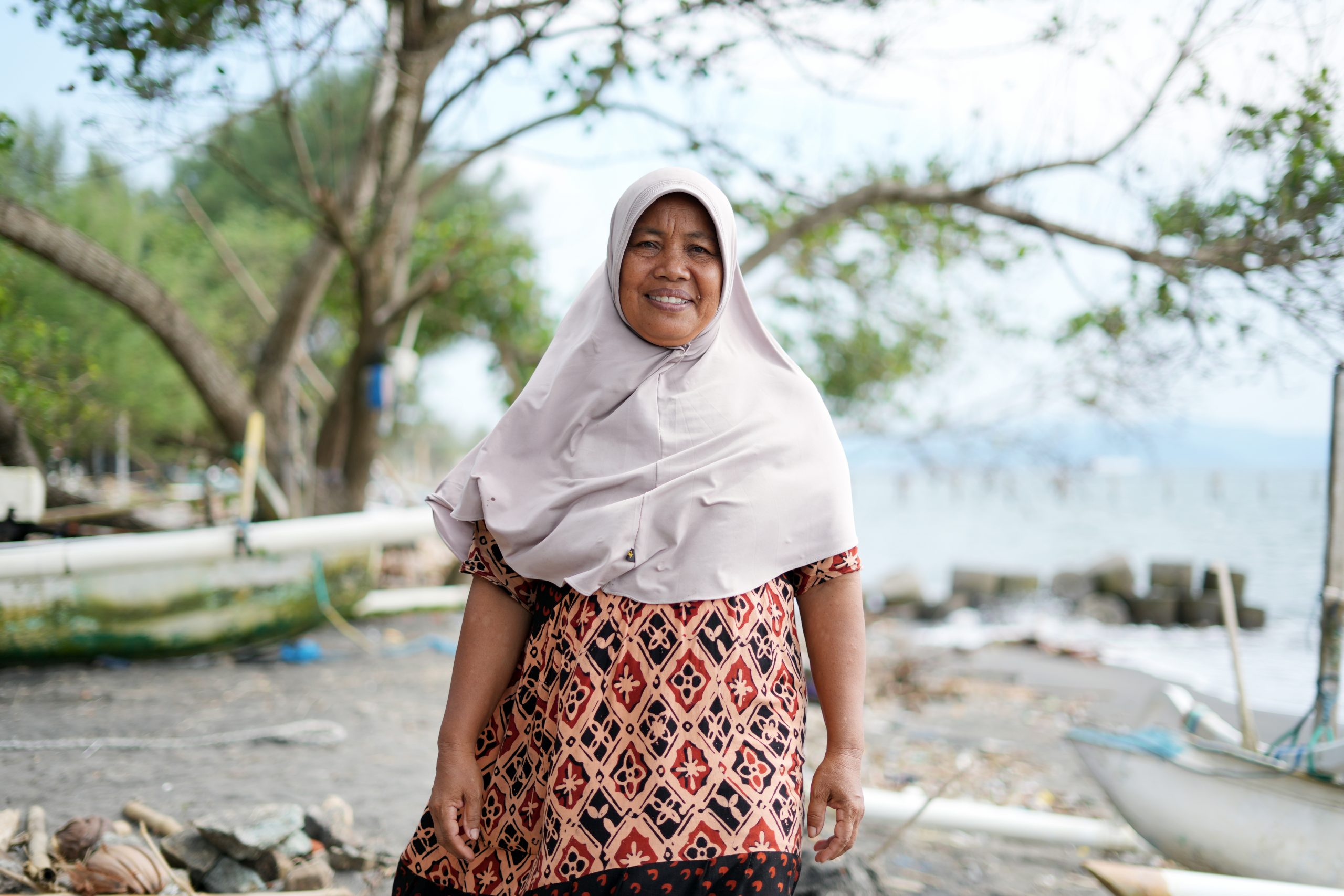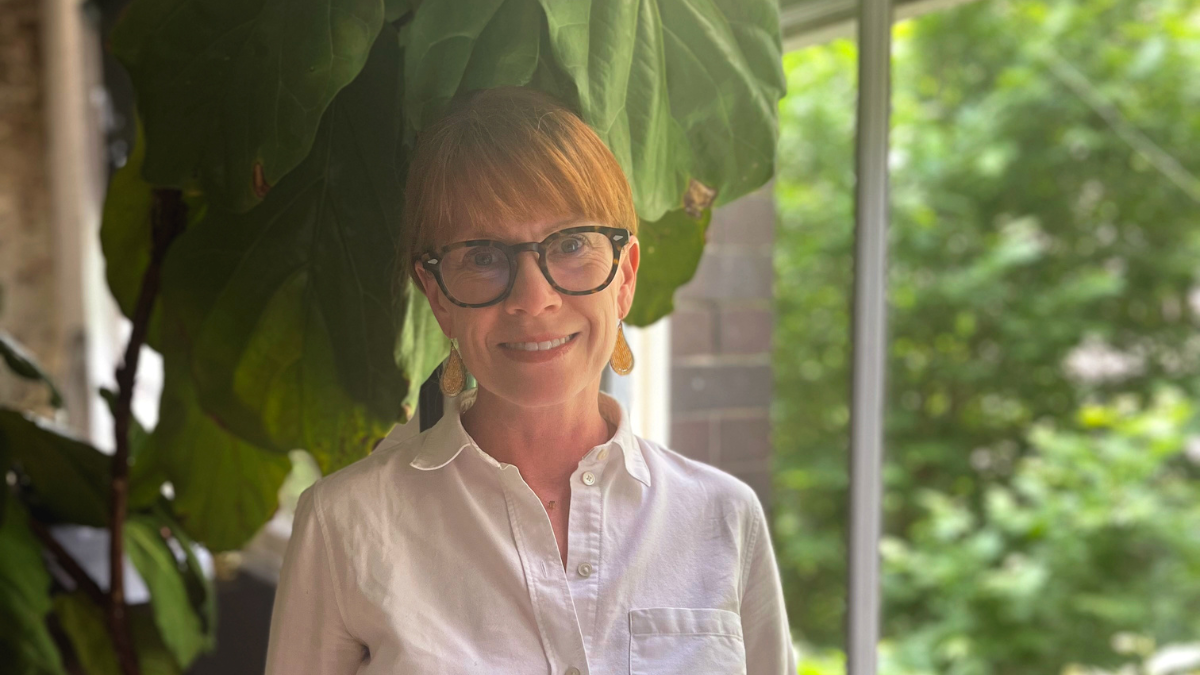Climate change refers to long-term shifts in temperature, rainfall, wind and other elements of the Earth’s climate system. The climate has always changed over time. But what we’re seeing today is different — it’s global heating being driven by human activity.
The main cause of climate change is the burning of fossil fuels like coal, oil and gas. These release greenhouse gases into the atmosphere, trapping heat and warming the planet.
Climate and weather are not the same thing. Weather describes day-to-day conditions like hot, cold, dry or wet. Climate is the long-term pattern. When those patterns change, it affects everything from rainfall and growing seasons to the intensity of storms.
There is broad scientific agreement on this. The Intergovernmental Panel on Climate Change (IPCC) (the world’s leading body on climate science) has found that climate change is unequivocally caused by human activity, primarily the burning of fossil fuels.
Not everyone contributes to this crisis equally. And not everyone feels the impacts the same way. That’s why understanding climate change also means understanding inequality, and what it will take to build a fairer future.
So, that answers the question, “What is climate change?” Now, let’s look closer at what causes it.
What causes climate change?
Climate change is primarily caused by the burning of fossil fuels (coal, oil and gas). These fuels release greenhouse gases like carbon dioxide (CO₂) and methane into the atmosphere, trapping heat and warming the planet. This is known as the greenhouse effect.
We’ve known this for decades. What’s changed is the scale. Since the Industrial Revolution, human activities have released more greenhouse gases than the planet can absorb. The result: global temperatures are rising faster than ever recorded.
But the causes go beyond emissions. Climate change is also driven by:
- Deforestation — which reduces the planet’s ability to absorb CO₂
- Industrial agriculture — which produces methane and nitrous oxide
- Mass consumption — especially in high-income countries with large carbon footprints
While everyone contributes to climate change to some degree, the responsibility isn’t equally shared. Oxfam’s report, Carbon Inequality Kills, found that the richest 1% globally were responsible for the same amount of climate pollution as the lowest-income 66% of humanity (a staggering five billion people) due to their luxury lifestyles and investments in polluting fossil fuel corporations. And to take that further, the climate pollution of the richest 1% is set to exceed the safe limit (the emissions allowed for us to stay below 1.5°C global warming) by over 22 times in 2030.
We also know that big corporations have a huge role in the climate change problem. The Carbon Majors database reveals that in the past decade, 80 percent of global coal, oil, gas and cement emissions have come from just 57 corporations.
However, this is a crisis driven by systems, not individuals. It’s the result of political decisions, economic priorities, and the continued expansion of fossil fuel infrastructure, often despite warnings from scientists and communities most impacted by climate change.
What are the impacts of climate change?
Climate change is already affecting lives, livelihoods and ecosystems globally. Rising temperatures are leading to more extreme heatwaves while rainfall changes are leading to more frequent and severe droughts, floods and storms.
In Australia and across the Asia Pacific region, we’re seeing these effects more often and more intensely. Coastal communities are grappling with sea-level rise and more severe storms. Farmers are facing shifting seasons, water shortages, floods and crop losses. Disasters like the 2022 Lismore floods and Black Summer bushfires may still be fresh in your mind.
According to AdaptNSW, the Australian Government and the Bureau of Meteorology, there are some key impacts to consider.
- Hotter temperatures
Australia’s warmest year on record was 2019, and heatwaves are now the deadliest natural hazard in the country.
- More extreme weather
Storms, floods and bushfires are becoming more destructive and unpredictable.
- Rising seas
Sea levels are rising as glaciers and ice sheets melt, threatening coastal and riverine cities and communities, and island nations across the Pacific, with flooding.
- Loss of biodiversity
Climate change is disrupting ecosystems. Coral reefs are bleaching due to higher water temperatures, and many species face extinction.
- Food and water insecurity
Changing rainfall and temperature patterns are reducing crop yields and straining water supplies. Heatwaves and floods can destroy crops and cause food prices to rise.
- Forced displacement
Climate change is forcing people in Asia and the Pacific to be displaced due to climate-related disasters and its impacts to lands, homes, communities and culture.
These effects are not evenly distributed. Climate change compounds existing injustices — mostly hitting hardest in places where people have the fewest resources to adapt or respond.
Who is most affected by climate change, and why?
While global in scope, the impacts of climate change are deeply unequal, shaped by geography, history, economics and power.
Communities in low-income countries are often hit hardest despite having contributed the least to the crisis. Many of these places already face structural inequalities: underfunded infrastructure, limited access to healthcare, and economies tied to climate-sensitive sectors like agriculture and fisheries. These vulnerabilities are magnified when disasters strike.
Small island nations are seeing their land inundated by rising seas and storm surges. Farmers in the Horn of Africa are losing crops to prolonged drought. And across the Pacific, families are forced to relocate as saltwater intrudes into fresh water and food systems fail.
Meanwhile, marginalised groups are disproportionately affected, especially women, Indigenous communities, and people living in poverty. But they’re also leading many of the solutions.
Put all of this together, and this much is clear: it isn’t just about climate science. It’s about climate justice.
The crisis has roots in colonialism and global inequality. The countries most affected by climate change are often the same ones that were historically exploited for their resources. Today, these countries receive just a fraction of the climate finance from developed countries they’ve been promised to help adapt and respond.
This is why Oxfam and many others continue to call for global action that is fair, inclusive, and grounded in the leadership of communities on the frontlines. We call for climate justice.
What is climate justice?
Climate justice is about recognising that the people most affected by climate change are often the least responsible for causing it. Climate change isn’t just an environmental issue, but also a human rights issue.
While wealthy countries have built their economies by burning fossil fuels, many low-income nations are now living in crisis. Rising seas, extreme heat, droughts and floods are forcing people from their homes, threatening food security and putting lives at risk. These same communities are often the least able to protect themselves.
Climate justice calls for fair solutions. Ones that address both climate damage and the inequalities behind it.
That means wealthy countries and high-emitting industries must lead in reducing emissions, funding adaptation to climate change, and the losses and damages associated with greater climate disasters. It also means listening to and investing in communities on the frontlines — supporting their right to shape the solutions that affect their lives.
Importantly, climate justice puts equity at the centre of climate action. It’s about more than just an energy sector transition and pollution reduction targets. It’s about accountability, historical responsibility, and the need to build a safer, more equal future for everyone.
As Oxfam puts it: we can’t tackle climate change without tackling inequality.
What can be done? (Climate solutions)
Climate change isn’t inevitable. Solutions exist and they’re already underway. But real progress depends on leadership, funding, and justice. Here are three critical areas where systemic change can make the biggest difference.
Climate finance and loss & damage
To tackle climate change, we need more than emissions cuts. We need justice, and climate finance to lower-income countries and communities is a key part of that. Wealthier countries must provide funding to help lower-income countries adapt to climate impacts and recover from damage they didn’t cause.
This is not charity. It’s about recognising responsibility. For decades, the world’s lowest-income countries have faced rising seas, failed crops, and climate disasters worsened by emissions from wealthier nations.
Climate finance can help fund renewable energy, strengthen early warning systems, and support communities adapting to harsher conditions.
Loss and damage is a separate but related issue. It refers to the destruction caused by climate change that can’t be avoided or adapted to. For example, when floods wash away whole villages or farmland is inundated by rising seas. Oxfam backs fair contributions to the UN Fund for Responding to Loss and Damage from the countries most responsible for historic emissions.
Learn more: What is loss and damage?
Just energy transitions
Switching to renewable energy isn’t enough. The transition must be just. A just energy transition means moving away from fossil fuels in a way that includes and benefits everyone (not just big corporations or wealthy countries).
It’s about:
- creating secure jobs in clean energy
- ensuring access to clean energy for all (and expanding energy access where it’s needed most)
- ensuring new renewable energy sources don’t replicate the damage caused by fossil fuel extraction in the past, particularly to Indigenous communities and the environment
- putting people and communities, not profits, at the centre
In practice, that means supporting communities that have relied on coal and gas industries. It means building community-owned solar and wind projects. It means giving First Nations peoples the right to decide what happens on their land. And it means ensuring women and marginalised groups have a voice in energy decisions that affect them.
Right now, many communities in Australia and across the Pacific are missing out on the benefits of renewable energy. Oxfam is calling for public investment that shifts power, not just technology. We need energy systems that are affordable, accessible, and accountable.
Strengthening community adaptation
Some climate impacts are already locked in (because previous emissions are already doing damage), so we must help communities prepare and adapt. This is known as climate adaptation.
The key to effective adaptation is local leadership and practical solutions. Things like community-led early warning systems, local access to climate information and planning tools, household financial support to prepare and recover from disasters, and diversified livelihoods that reduce climate risk.
Communities on the frontlines are already finding ways to adapt, but they need resources and decision-making power.
What is Oxfam doing about climate change?
Oxfam works with communities on the frontlines of the climate crisis. We support local leadership, demand stronger action from governments, and try to address the root causes of inequality.
In practical terms, that includes:
- supporting small-scale farmers (especially to help them adapt to shifting weather patterns)
- helping communities with disaster preparedness and responses
- campaigning for fairer climate finance from the world’s biggest emitters for communities at risk
- working to ensure First Peoples and local communities have a voice in decisions about land, water and energy
Our work is grounded in partnership. In Vanuatu, for example, Oxfam supports climate adaptation initiatives led by local women’s networks. And in Bangladesh, we helped establish a new mangrove plantation to protect the fragile coastline against storm surges, floods and cyclones. We advocate for debt relief and fair funding so lower-income countries can invest in climate adaptation and loss and damage.
We also push for bold policy change, like phasing out fossil fuels and their government subsidies, protecting Indigenous land rights, and holding big corporations and their billionaire owners accountable for their climate pollution. Because climate justice doesn’t happen on its own. It takes action and pressure. And it starts by listening to the people who are already leading the way.
What can you do?
You don’t need to be a climate scientist or politician. The climate crisis is big, but so is our collective power.
Support climate justice organisations
Donations to Oxfam’s Climate Appeal help fund long-term solutions and urgent humanitarian work in communities most impacted by climate disasters.
Raise your voice
Use your own platform, big or small, to call for stronger climate policies, climate finance to low-income countries and a just energy transition. Consider signing and sharing our Make Rich Polluters Pay petition.
Act in community
Join a local climate group or show up at events. Change happens faster when we work together.
And if you’re in a position to give, donate to Oxfam and stand with communities around the world who are leading the response to climate change. Not just surviving but shaping their futures.
Or you can explore our current appeals. Every action counts. Together we challenge the systems that lead to inequality, while providing aid where it’s needed most.
FAQ: What is climate change?
What is the definition of climate change?
Climate change refers to long-term shifts in temperatures and weather patterns. Some changes are natural. But today’s climate change is primarily driven by human activities, especially the burning of fossil fuels like coal, oil and gas. These activities release greenhouse gases into the atmosphere, trapping heat and disrupting the Earth’s climate system.
What causes climate change?
According to climate experts at the IPCC, the main cause of climate change is the release of greenhouse gases from human activities. This includes burning fossil fuels, cutting down forests and intensive industrial farming. These actions add heat-trapping gases to the atmosphere, which leads to rising global temperatures and widespread climate disruption.
What are the effects of climate change?
Climate change is already affecting people and ecosystems around the world. Key impacts include more frequent heatwaves, stronger storms, rising sea levels, and longer droughts. In places like the Pacific Islands and the Horn of Africa, these changes are leading to food insecurity, water shortages and displacement.
What’s the difference between climate change and global warming?
Global warming refers to the rise in Earth’s average surface temperature. Climate change includes this warming, but also the broader changes happening in weather patterns — like shifting rainfall, more extreme storms, and changing seasons. In short: global warming is one part of climate change.



